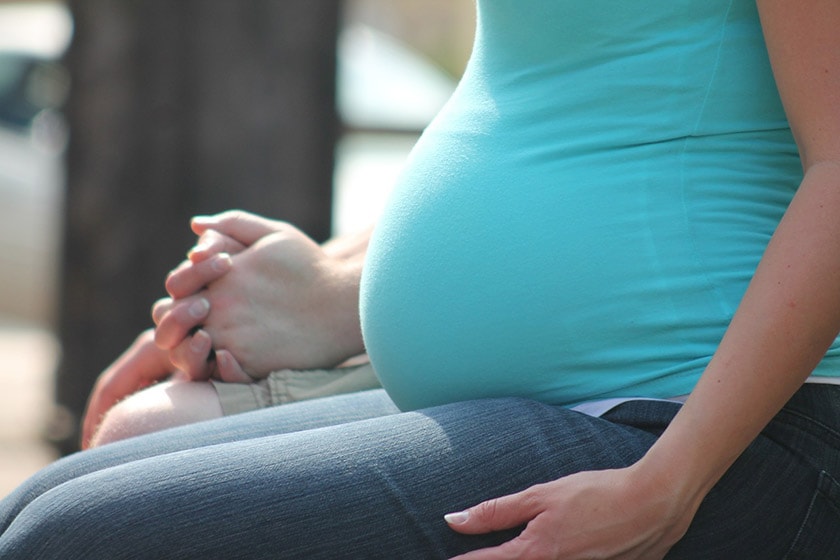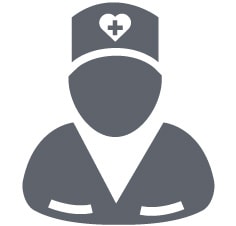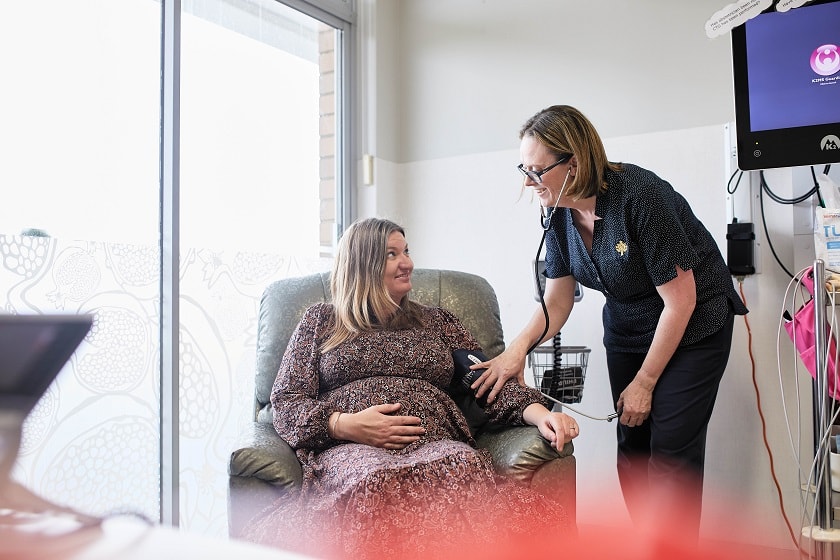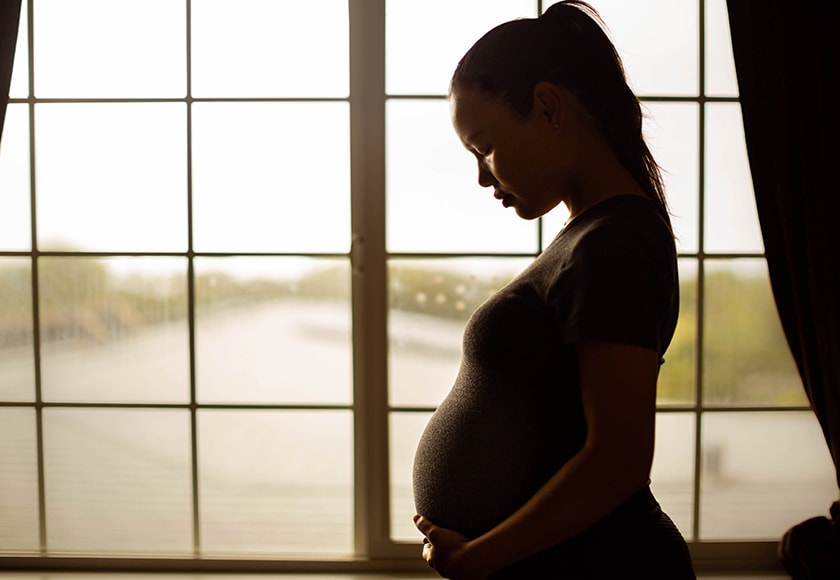During pregnancy, your body needs to adjust continually to its changing shape, posture and size. This places strain on ligaments, joints and muscles and sometimes this can present with back pain.
There is also a hormonal softening effect that occurs. This is normal and essential for baby’s growth and safe movement through the birth canal. This also plays a part in the stretching of the abdominal muscles.
With all of these changes however there is a greater chance of back pain, pelvic girdle pain or pubic symphysis pain in pregnancy or after childbirth.
So what can you do to prevent or minimise this?
Exercise
Where possible improve your overall fitness before falling pregnant as this will help reduce the risk of back pain and benefit you during labour and after giving birth.
During pregnancy you can exercise as well, just don’t over do it. See our tips for more guidance on exercising during pregnancy.
Weight gain
Be mindful of excess weight gain as your body is already having to adapt rapidly to all the changes that come with pregnancy but adding extra unnecessary weight means that there is a higher probability of developing back pain.
It is important not to diet during pregnancy so be guided by your healthcare team but eating a healthy, balanced diet and exercising regularly will help.
Sitting
Choose a comfortable chair that supports your head, back and legs. Try placing a small cushion or rolled towel in the small of your back and avoid sitting cross-legged.
A dining room chair is better for your back than a soft chair or sofa or try sitting on a large exercise ball. This promotes good posture and makes pelvic tilting easier.
If you need to sit for long periods, aim to get up and move around every 30 minutes.
Change position
Getting into the all fours position can help take the pressure of the growing baby off your back. The cat stretch and rest pose are good and this is an ideal position to practice your pelvic floor and lower tummy exercises.
Bed
When lying down, especially after 16 weeks, try to lie on your left side with your knees bent up and a pillow in between them to keep the pressure off the muscles around your hips and pelvis.
Placing a wedge shaped pillow under your bump can help support and align your body. This helps to minimise back pain or if your waist sags down, a rolled up towel under your waist can be beneficial too.
When getting out of bed, do not jack-knife forward into the sitting position. Instead, bend your knees and roll to one side, then push up with your hands into the sitting position as you lower your legs over the edge of the bed. This will reduce the strain on your back, pelvis and tummy.
To get into bed simply reverse this movement. Use this knee bent technique to log roll from side to side when you want to change lying position too.
Rest
Too much rest can make back or pelvic pain worse. But it's also important to rest your pelvis at regular intervals. Kneel or lean forward to protect your pelvic joints and to take the weight off your back.
Try leaning forward over a big pile of cushions or pillows, or an exercise ball.
Alternate between rest and activity, rather than spending long periods of time being active and long periods of time resting.
Standing and lifting
When you stand from a sitting position, do a few pelvic tilts first then move to the edge of the seat and stand.
When lifting and carrying all usual safe manual handling methods apply. Just be sensible with load size and back position. If you are holding your breath or straining to lift, then the load is too heavy and puts you at risk of pelvic organ prolapse and greater abdominal muscle separation as well as back pain.
Whenever possible, raise work surfaces. If you can’t, try kneeling or squatting to avoid having to bend repetitively. Bending every now and then is of course fine! Our bodies are designed to move in many directions…pregnant or not.
Try to brace your lower abdominals and pelvic floor muscles by drawing your belly button toward your spine before and during lifting. Remember to relax them afterwards too. Overworked muscles can be just as much to blame for back pain as weakened ones.
If you have other children and they are able, help them to be independent. Encourage them to get in and out of the car or climb into and off your lap by themselves.
If all of the above suggestions are not helping and your pain is persisting or getting worse then remember to speak to your midwife or obstetrician for an appointment with a continence or women’s health physiotherapist who can fully assess you and provide treatment and recommendations to help.








